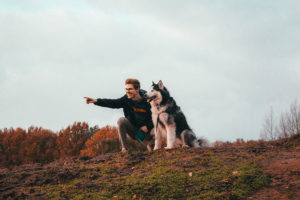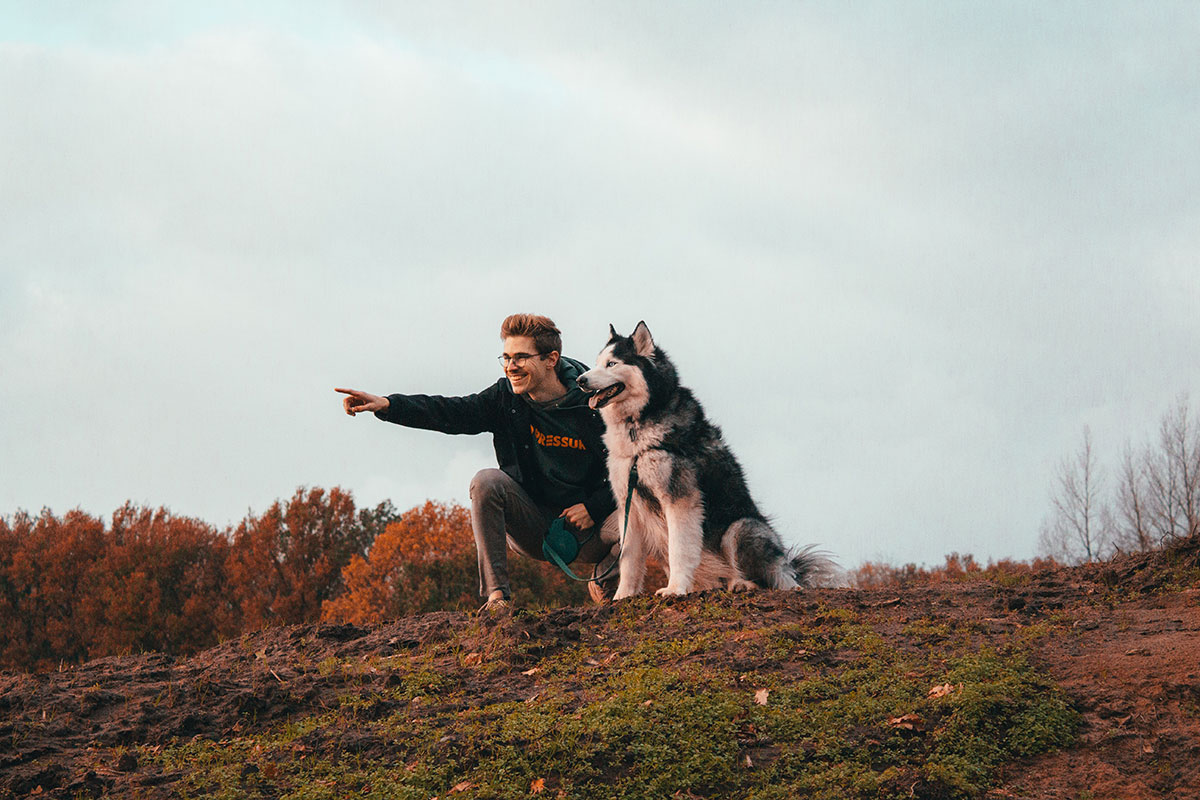Disclaimer: The information on our website is provided for general information purposes only. We make no representations or warranties of any kind, express or implied, about the completeness, accuracy, reliability, suitability or availability with respect to the website or the information contained on our website for any purpose. Any reliance on such information is therefore strictly at your own risk and we are not liable for any damages or losses arising out of or resulting from your reliance on any information contained on our website.
Dog walkers work independently and for established dog walking businesses for clients absent from home for extended lengths of time. If you love dogs and like earning extra income, this may be the job for you! But dog walking can become more than just extra income, it can become a full-time job. Watch the next video for in-depth guidance to become a dog walker.
How to Become a Dog Walker

There are no requirements or diplomas needed to become a dog walker. However, having experience with dogs and knowing how to care for dogs is helpful. If you want to be self-employed, you can begin by making contacts in your neighborhood or apartment complex. Marketing yourself by creating a website is helpful. In addition to car magnets, you can also post fliers or business cards in local businesses such as coffeeshops or apartment complexes. You can also advertise by interacting with people walking their dogs and inquiring about walking their dogs for them.
Many dog walkers only work part-time, making it attractive for those looking for additional income. However, you must be dependable. You should also be detail-oriented, self-motivated, and able to work without supervision. It is necessary to be consistent in keeping a schedule for dogs. Getting training in first aid and CPR for animals can also help you land a job as people will feel more confident in your ability to care for their pet. It is also helpful to get a business license and get bonded and insured.
Some pet walkers start their own business and develop a large clientele and may even hire additional people to grow their business. These business owners will need to interview potential walkers and train them. They may also meet regularly with their employees and give helpful suggestions on dog issues or behaviors.
What do Dog Walkers Do
Dog walkers give exercise to another person’s animal and ensures they get to use the bathroom. They may walk one dog or several at a time. This job requires discipline and energy and a dog walker must understand the behaviors of each dog they walk. They walk dogs in neighborhoods, rural parks, or trails. They typically work mid-morning and early afternoons when a dog’s family are gone and cannot take their dogs out.
Young puppies, elderly dogs, and high-energy dogs usually need to go out more than once a day. This job typically runs from Monday through Friday when a dog’s family is at work and may require some weekends. Clients pay for a walk that roughly lasts 15-30 minutes but may pay for more time if the dog is a high energy breed. Some animals have medicines that the walker administers also.
Dog walkers also ensure there is fresh water for the dog before leaving and sometimes giving them a treat for good behavior. They pet the animal and sometimes play a little with them indoors as well. This interaction helps the walker to get to know the dog better and understand its behavior and needs. A dog walker is responsible for the safety of the pet and the security of their client’s home. Dog walkers have keys or passcodes to enter the house of the dog and are expected to lock up and keep the key secured. They keep emergency numbers on hand as well. This occupation is physical as you must walk often and bend over to pick up messes and go up and down flights of stairs. Dogs need exercise in all kinds of weather as well to including rain, ice, snow, or heat.
Challenges Dog Walkers Face
Some jobs require handling more than one dog at a time. Walking multiple dogs is more challenging and a dog walker should be able to sort out behavioral issues if they arise. When walking dogs, they should remain on a leash at all times for the safety of the animal and others. Walking a dog or many dogs can also be stressful when crossing streets, running into other animals, or if the dog is known to be aggressive around strangers. Picking up after a dog after it goes to the bathroom is also part of the job.

